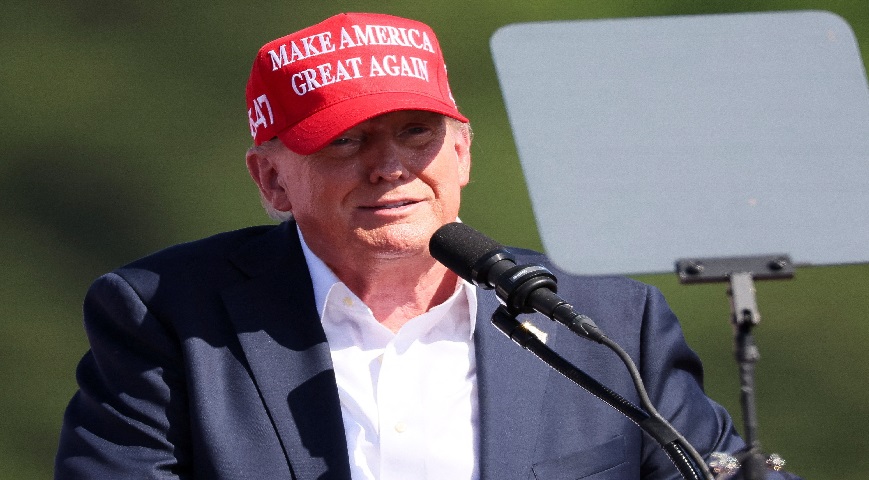US President-elect Donald Trump has unveiled plans to implement steep tariffs on Canada, Mexico, and China immediately after taking office, aiming to address issues related to illegal immigration and drug smuggling into the United States.
Trump announced that on January 20, he would sign an executive order imposing a 25% tariff on all goods from Mexico and Canada.
Additionally, a 10% tariff on Chinese imports will remain in place until Beijing takes action to stop the smuggling of fentanyl, a synthetic opioid responsible for nearly 75,000 U.S. deaths last year.
“Both Mexico and Canada can solve this problem easily,” Trump declared on Truth Social. “It is time for them to pay a very big price!”
The measures could escalate tensions with America’s largest trading partners, potentially disrupting global supply chains.
Did you read this?
Critics warn the tariffs violate the USMCA trade agreement, signed during Trump’s first term, which ensures largely duty-free trade between the three countries.
China rejected Trump’s claims, with a spokesperson calling accusations of fentanyl smuggling “counter to facts.”
Experts, including economist Stephen Roach, note that while Trump views tariffs as economic leverage, such moves often burden U.S. consumers.
This bold tariff strategy revives debates over Trump’s economic policies, as he vows to prioritize U.S. interests in global trade relations.









